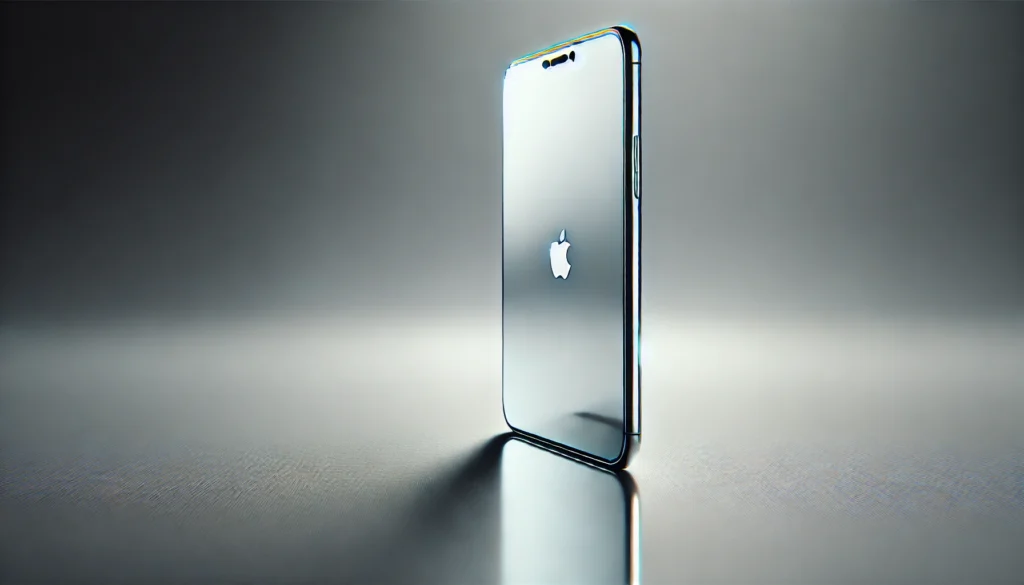Over the past decade, Apple has fine-tuned the iPhone, working on both how it looks and how it works. However, the upcoming iPhone 17 Pro, if recent leaks and CAD-based renders are accurate, marks a radical departure from previous generations. At the core of this shift is a unibody rear architecture that redefines the materials, structural integrity, thermal management, and antenna engineering of the device. This article dissects the technical implications of Apple’s rumored new design, assessing what this means for performance, durability, and industrial design language.
Table of Contents
A Return to Unibody Philosophy

The most striking evolution in the iPhone 17 Pro’s design is the adoption of a partial unibody rear chassis—a construction approach that integrates the upper rear housing (particularly the camera island) into a single aluminum element, while retaining glass for the lower half of the back panel. This hybrid method mixes up being much sturdier structurally and more consistent in manufacturing, reminiscent of what Apple has been doing consistently in their lineup of MacBooks, championing that hard and smooth processing way.
It’s got a super shiny and tough frame made of stainless steel or titanium that’s super strong, and then there’s a regular glass on the front and back that are separate. While this facilitated wireless charging and modular assembly, it introduced design discontinuities, particularly around the camera module. The iPhone 17 Pro, by contrast, appears to feature a seamless aluminum camera shelf that spans nearly the entire width of the phone—a horizontal “camera bar” echoing industrial trends seen in devices like the Google Pixel.
Materials Engineering: Aluminum and Glass Integration
This new chassis reportedly uses aerospace-grade Series 7000 aluminum for the top unibody section. This alloy is known for its excellent strength-to-weight ratio and enhanced corrosion resistance due to higher zinc content. Integrating this section of aluminum right with the main camera turret produces a lot of really nice benefits, like better cooling and stronger twist resistance.
The bottom part of the back panel remains glass that’s been anti-blemish treated, so we’re still getting support from Apple for both MagSafe wireless charging and for Qi 2 wireless charging as well. Notably, the inclusion of a half-glass design suggests the use of a dielectric window within the chassis to accommodate inductive power transfer, NFC, and UWB signal propagation. Precise alignment between the aluminum and glass sections will likely be achieved using micro-laser welding or adhesive bonding with thermal expansion coefficients optimized to prevent stress fractures during temperature cycling.
Redesigned Camera Architecture
One of the simplest and most noticeable new features in the redesign is that horizontal strip of the camera. Unlike previous Pro models that used a square or rectangular bump housing vertically or triangularly arranged lenses, the iPhone 17 Pro opts for a full-width extrusion. Internally, this allows Apple to put camera parts in a line going side to side versus putting them vertically stacked. That way it can make their lenses a little thinner and sleeker.

Reports suggest that the camera lenses are staying in the same triangle layout but are now recessed right into the bar itself. This sleek new design uses sapphire cover lenses that are flush with the surface, which protects they protect. The cover lenses are supposed to help minimize flare and also get more uniformity in what they transmit. Thermal modeling suggests that the larger aluminum section will also aid in passive thermal dissipation during computational photography tasks, especially in low-light or HDR capture scenarios.
Implications for Antenna Design

A major challenge posed by a metal unibody in smartphones is RF transparency. Apple has been working with antennas and iPhones for a while now by employing segmentation technology to sort out some of that tricky signal getting through the business. They have utilized features such as plastic or ceramic border bands, which help radio waves to flow smoothly. In Apple’s iPhone 17 Pro, they installed half glass on the back of the phone. That means they’ve gotten rid of any excision of these dial cuts that go through metal to allow space for important wireless parts to shine through clearly.
Wireless signals such as mmWave 5G on sub 6 GHz, Wi Fi 7, and UWB chips can now do their thing without any obstacles from anywhere else. They don’t block these things. On the back, there’s this nice sleek glass piece which allows those important components to communicate with the outside world with as few obstacles as possible.
Furthermore, it’s plausible that Apple will introduce frequency-selective surface (FSS) patterns or metalized antenna windows into the aluminum region to fine-tune radio performance without compromising aesthetics. This would represent a significant advance in invisible antenna design, minimizing visual breaks while maximizing RF performance.
Manufacturing Considerations

Adopting this semi-unibody construction at scale will likely require CNC precision milling followed by multi-stage anodization and passivation processes to maintain surface consistency and durability. The interface between metal and glass must be meticulously managed to prevent warping, delamination, or ingress during thermal cycling or mechanical stress.
Additionally, because the new chassis incorporates larger monolithic sections, it may be less amenable to third-party repair, possibly signaling further shifts in Apple’s service strategy, including tighter control over authorized repair channels and component serialization.
Final Thoughts
If the leaks pan out, then the new big feature in iPhone 17 Pro isn’t just an update to look nice. It’s really a big shakeup and rethinking of Apple’s internal engineering side of making phones, too. By weaving cutting-edge materials science, radio frequency engineering, and high precision manufacturing together with Apple, they’re set to deliver something really special, not just something that’s showy but fundamentally way more advanced.
But remember, as with all information before the big reveal, until Apple actually shows off their new toy come unveiling time in September 2025, all this just remains to be guesses and not facts. The iPhone 17 Pro sure looks like it’s going to be one of the most ambitious hardware makes in the history of product.